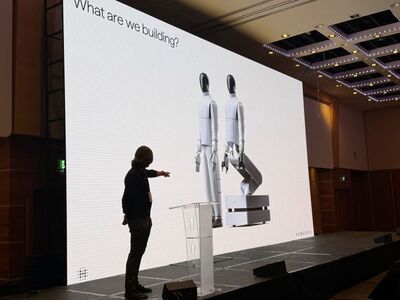
Companies learn to color outside the lines of robotics’ general purpose form factor
.JPG)
It’s difficult to say precisely how the sentiment went over in a room jam-packed with roboticists not prone to emotional outbursts. If anything, it’s a conciliatory – rather than controversial – statement.
The notion could, however, be seen as undercutting the bipedal humanoid form factor that is the reason for the season. After all, the category’s most outlandish predictions — such as Elon Musk’s 10 billion by 2040 – hinge on a multi-trillion-dollar industry coalescing around a single modality.
It’s easy to understand why many in this room might be bullish at the cost of countless other form factors. We’re living through an unprecedented level of excitement around complex systems that could one day be capable of some truly extraordinary things. Dozens of startups have emerged over the past half-decade, fueled by billions of venture dollars. Those companies, along with universities and research institutes, have accelerated AI and hardware advances at a breakneck pace.
At the end of the day, however, roboticists are pragmatists. In this world, technology either works or it doesn’t. When it comes to form factors, though, things aren’t so black and white. A massive – and rapidly growing – industry has room for variation. It’s not a zero-sum game. The success of any one form factor is a win for robotics at large, increasing the overall market, while opening more parties to automation’s potential.
Humanoids’ greatest asset is generalization. Much like the creatures they’re designed to mimic, they aren’t built for any single purpose. This is a paradigm shift in the history of robots, accelerated by advancements in AI that drive how these systems adapt, learn, and work. But as forward thinking as one has to be to appreciate their significance, there’s a certain myopia in believing they’ll be the right hammer for every nail.
Charles Darwin famously noted that evolution is not a goal-oriented process, working toward some platonic ideal. It’s much too anthropocentric to suggest that we are its goal line. Likewise, it’s short-sighted to suggest that humanoid robots represent some end point for robotic advancement. Even now, we are seeing compelling deviations from our own form factors.
As such, our collective definition of what constitutes a humanoid robot is evolving. Ask yourself: What makes a robot a humanoid, and how has your own classification changed in recent years?
My own categorization has certainly broadened. A few years ago, one of Agility’s cofounders pushed back when I suggested that Digit doesn’t qualify. I believe my initiation reluctance was a product of many companies’ attempts to hew as closely to human as possible. Digit’s current design is every bit insect as it is human.
Such orthodoxies have also been driven by VC dollars. Investors have their own mechatronic ideal, convinced two legs and ten fingers are necessary. I’m sure that all the science fiction that wormed its way into our impressionable young brains also did much of the proverbial legwork.
The five-fingered hand was the first once-“essential” humanoid element sacrificed at the altar of a broadening definition. That’s not to say there won’t be a place for the traditional hand, just that it’s not the right tool for every job. Thankfully, robots have a much higher capacity for modularity than us humans.

Legs appear to be next on the chopping block. As I’ve noted before, the bipedal or bust approach taken by many companies was fueled, in part, by investor interest. Since then, however, there’s been a recentering that accepts that for many (or even most) tasks, wheels are better. Everyone was so determined to leapfrog over the missing link between AMRs and bipedal humanoids that a key vertical was left largely unaddressed.
I’m happy to see that much of this second generation of humanoid startups following Apptronik’s lead and opting for bottom-half modularity. Wheels are presently faster, more reliable, and generally don’t collapse when the system is powered down. They’re also perfectly suitable for many or most things that need doing in a warehouse or factory.
Pretty soon, you start wondering aloud what other humanoid features can be bent, stretched, or altogether obliterated. Two arms are great, so maybe three arms are better. Heck, why not four? Yolo. Shadow Robotics’ Rich Walker told a story at last week’s event wherein a customer convinced the company that a 12-finger hand is the best option for their particular application.
The human form is well suited for human tasks in human settings. More fingers, arms, et al. are necessarily better, but as the list of applications increases, it’s worth questioning the orthodoxies of what does – or doesn’t – constitute a human form. Not to mention whether any abstraction of humanoid is necessarily the best tool for the job.
DeepMind can be accused of hedging its bits with the “all shapes and sizes” comment, but who can blame them? The future of robotics won’t be homogenous because humanoids aren’t the best form factor for every job. Even with those applications for which they’re particularly well-suited, it’s important to recognize that we don’t have to move at the glacial pace of human evolution to consider how they can be improved.
CTO Robotics
CTO Robotics is a global media and consulting company dedicated to robotics, automation, artificial intelligence, and emerging technologies. We create high-impact content that reaches engineers, decision-makers, and innovators worldwide. Through articles, videos, social media campaigns, and community-driven storytelling, we help companies showcase their technologies, strengthen their brand, and connect with the right audience. Much like Interesting Engineering or Wevolver, our mission is to bridge the gap between technology providers and industry professionals — turning innovation into visibility, and visibility into growth. 👉 Whether you are launching a new product, building your brand, or looking for global recognition, CTO Robotics is your media partner for exposure, credibility, and business opportunities.
All stories by: CTO Robotics



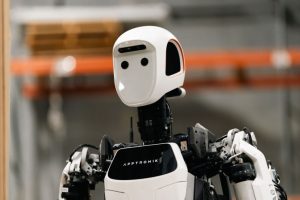


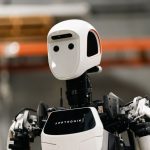

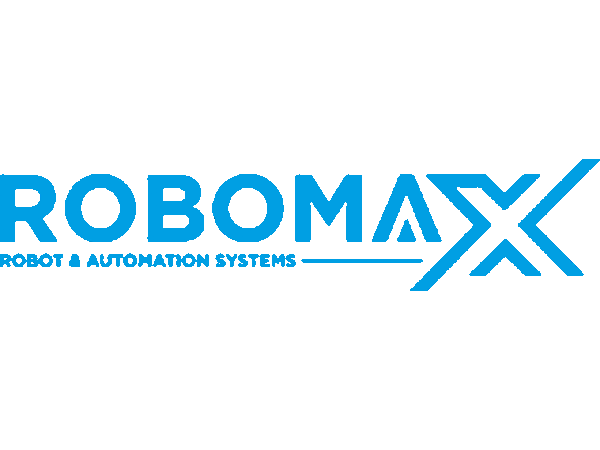
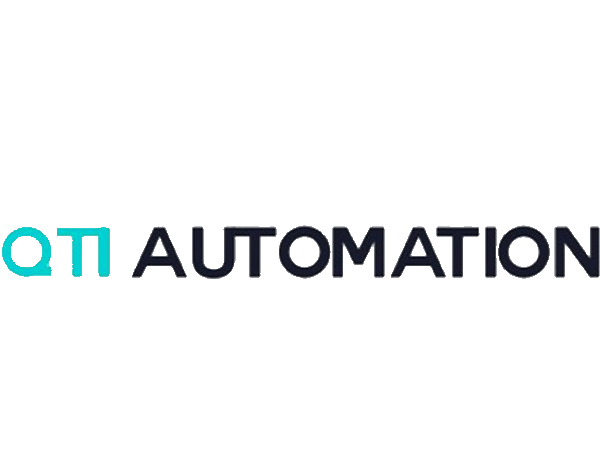



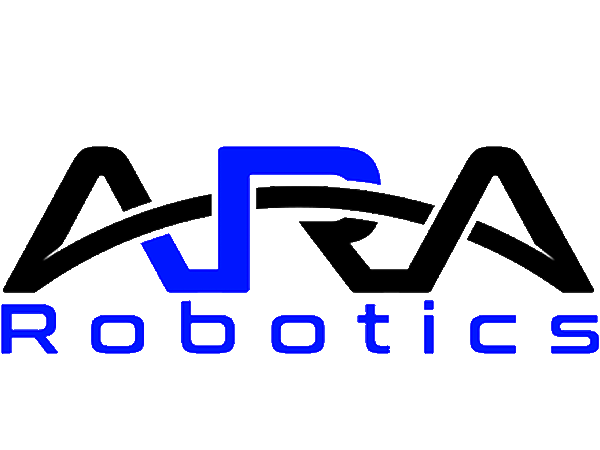
0 Comments